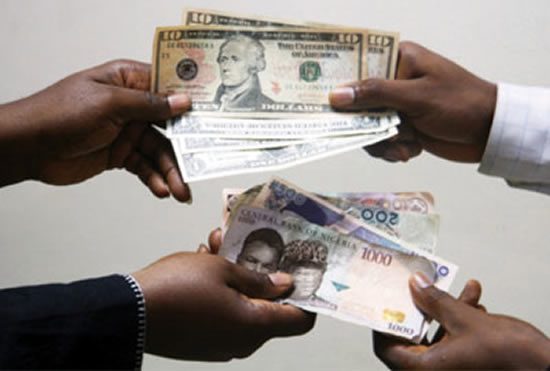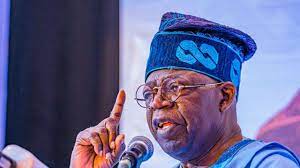In a move that has stirred significant debate, the Nigerian Electricity Regulatory Commission (NERC) approved a staggering 250 per cent increase in electricity tariffs. Here’s what you need to know:
1. Who is Affected:
The tariff hike primarily affects “Band A” electricity customers, representing roughly 15 per cent of households in urban areas. These are customers who receive at least 20 hours of power supply from the eleven electricity distribution companies.
2. Implications of the Hike:
Under the new tariff, Band A customers will be paying 250 per cent more for electricity, marking a complete removal of electricity subsidy for this group. It’s noteworthy that Band A customers consume a significant 40 per cent of the country’s electricity.
3. Date of Commencement:
The implementation of the new tariff commenced on April 3, 2024. Consequently, customers under Band A have already begun paying substantially higher rates for electricity.
4. No Guarantee of Improved Supply:
Despite the tariff hike, there’s no assurance of improved electricity supply to the affected customers. This underscores the persisting challenges within Nigeria’s Electricity Supply Industry.
5. Context of Epileptic Power Supply:
The hike comes amidst persistent complaints of erratic power supply across the country. Since January 2024, customers across all bands have been grappling with inconsistent electricity, with the Minister of Power attributing this to gas constraints.
As Nigerians brace themselves for these changes, the implications of this tariff hike extend beyond mere financial burdens, highlighting broader issues within the country’s energy sector.




